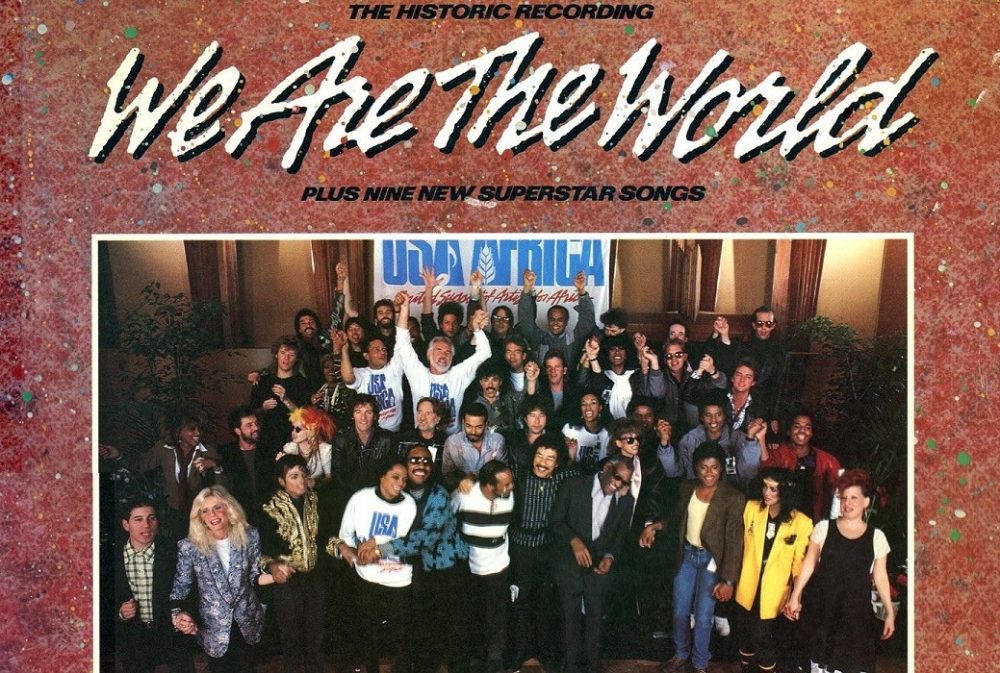What I found nuance about Gatto’s analyzation of the school system is the way the system affects everyone involved. The modern education system does not allow students to physically control what information is being taught to them. Students are now passive bodies that are molded by their environment and have no agency to change their situation. Economic factors and poor test scores barricade individuals from reaching a successful point in society. This is a new form of segregation that aids in perpetuating capitalistic views. I completely agree that today’s population is being fed material that in turn, feeds our materialistic and social desires.
But Gatto fails to emphasize that the United States’ population cannot abandon the public school system because of its value in society and he diminishes the positive aspects of being educated. He failed to mention the very successful people that are bred through the school system and continue to find joy in education. And he is also functioning on the assumption that parents do not teach their children at home. In his conclusion, Gatto encourages parents to ameliorate the harms of schooling by simply parenting their children. This is such a naïve response to an extremely complex issue. Parental intervention will not solve the systematic issues that are deeply rooted in American ideals.
